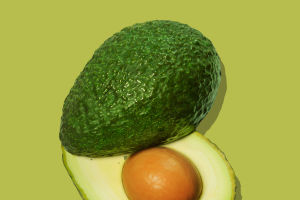Rice Field Fish Farming is a method of raising fish in rice fields using the water resources and seasons of the area. This method is popular in areas where there is an abundance of water resources and distinct seasons, such as in the planting of two seasons of rice.
The idea is to utilize the land resources fully and create conditions for the growth of fish, while also reducing the workload of farmers.
However, in recent years, the popularity of fish farming in rice fields has decreased. This is due to several reasons. First, the symbiosis of rice and fish is not as easy as it seems. There are many technical difficulties that need to be overcome to make it successful.
For example, pests and weeds in rice fields cannot be eradicated by fish alone, and the use of pesticides and herbicides is essential for increasing crop yields. Additionally, the feces excreted by fish are not as effective as chemical fertilizers in supplying the necessary nutrients for modern rice varieties.
Secondly, after the initial interest in rice field fish farming passed, consumer recognition has decreased and sales have been affected. Initially, many consumers who were interested in organic and healthy food were enthusiastic about rice field fish farming.
However, after eating it for a period of time, people found that the taste was not unique, and the claim of it being more organic and healthy needs to be verified over a longer period of time.
Additionally, there are also environmental concerns with rice field fish farming. The high population density of fish in the rice fields can lead to water pollution, which can harm both the fish and the rice plants. The addition of fish to the rice fields also increases the risk of disease and parasites, which can be difficult to control.
Another issue with rice field fish farming is the cost. The cost of setting up and maintaining the fish farming system in the rice fields can be high, and it may not be economically feasible for farmers in certain areas. This is especially true in areas where the price of rice is low, and the profit margins for farming are already slim.
In order to make rice field fish farming a viable option, it is important to address these technical difficulties, environmental concerns and the cost. Researchers are working on developing new technologies and methods to make rice field fish farming more efficient and sustainable.
For example, they are trying to find a way to use the fish waste as a fertilizer for the rice plants and also to find the right balance between the number of fish and the rice plants.
Overall, rice field fish farming has the potential to be a sustainable and profitable method of farming, but more research is needed to address the challenges and make it a viable option for farmers.


